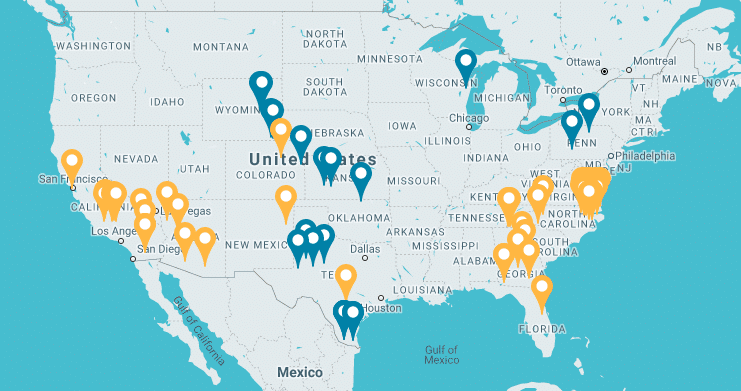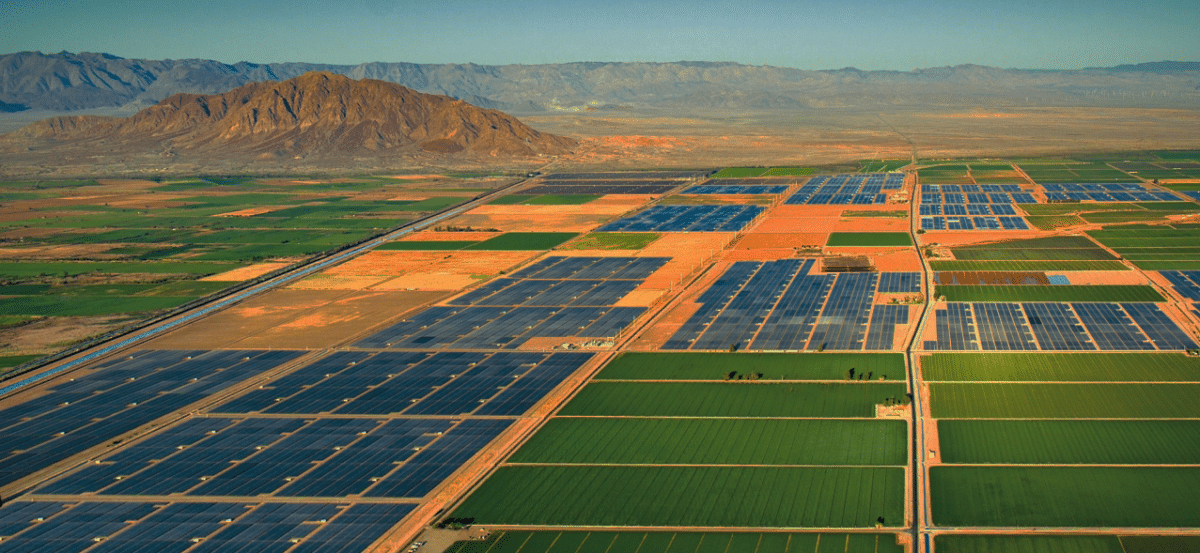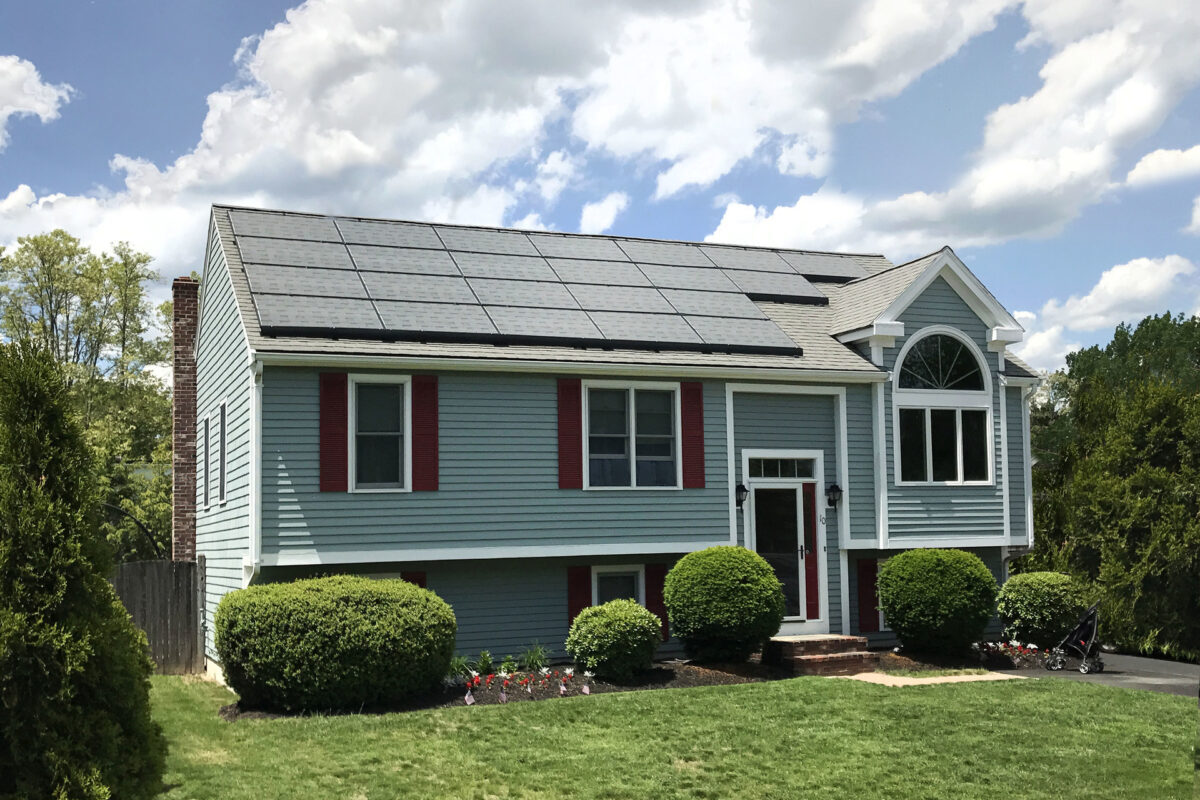There have long been a few key requirements for building a utility-scale solar project. You need interconnection approval from the utility or grid operator, you need permitting approval and you need a power purchase agreement (PPA) to sell your electricity.
Or do you need that last one?
Yesterday the news broke that Duke Energy Renewables has bought the largest solar project in its fleet to date, the 200 MW Holstein project in west-central Texas which 8minute Solar Energy has developed. The project does not hold a PPA, but instead a 12-year hedge with a subsidiary of Goldman Sachs for “much of the energy”.
Under hedge agreements, a bank agrees to serve as the buyer of last resort in the event that the electricity can’t be sold at a certain price, acting as a sort of price insurance. These agreements are important in providing investment security for projects like Holstein which sell directly into the wholesale market. In this case, CIT Group is leading a consortium of banks which are providing construction financing, a letter of credit, and a term loan.
This is one of the first merchant projects we at pv magazine have seen in the United States. Another is the 240 MWac Misae solar project in Childress County, which also holds a hedge. And with contract lengths getting shorter, it points to the return of a business model which has a troubled history.
Revival of merchant power?
While merchant sale of electricity is a viable business model for other forms of generation including gas plants, the solar industry’s history with merchant has been mixed, and the first wave of merchant plants mostly went underwater.
This included several plants in Chile, which experienced financial distress that led to a scandal in the United States, and First Solar’s Barilla project in Texas, which the company had to write down due to losses.
But while the financial problems at these projects reinforced the need for PPAs as a basis to build projects, these contracts have been getting shorter and shorter. At last month’s Renewable Energy Finance Forum – Wall Street conference several parties confirmed that they have seen power contracts as short as seven years in length, meaning that such projects have an increasingly long “merchant tail” after the contract expires.
This is also happening in other nations, with the Spanish market moving towards merchant solar, and comes in the context of increasing investor appetite to invest in solar projects.
The Holstein project also puts Duke Energy Renewables at more than 3 GW of wind and solar, spread across the United States, and is its first merchant solar project.

Blattner is currently building the Holstein project, which it plans to have online in the summer of 2020. First Solar will provide operations and maintenance services for the first five years that the project is in operation.
This content is protected by copyright and may not be reused. If you want to cooperate with us and would like to reuse some of our content, please contact: editors@pv-magazine.com.









Interesting concept and then there’s this: “North Carolina utilities approve 551 MW of solar power at 3.8¢/kWh”. Within this article shows the large scale utility generation sector is still finding value with large projects and competitive bidding for these projects. How low will it go? China has found a way around the tariffs on solar PV with the bi-facial solar PV modules. Recently bi-facial modules in bulk manufacturing are selling around $0.28 per watt. As more Chinese manufacturers get their bi-facial product lines up and running, can we expect to see less than $0.20 a watt? Bi-facial modules (cheap), single axis tracking, gaining more solar harvest per day with less land, perhaps this will drive the typical project of solar PV and energy storage as the future of the grid.